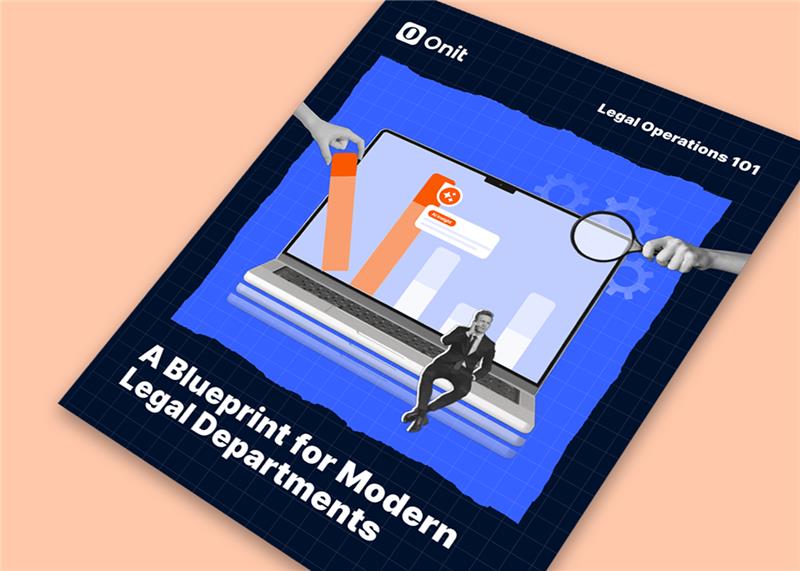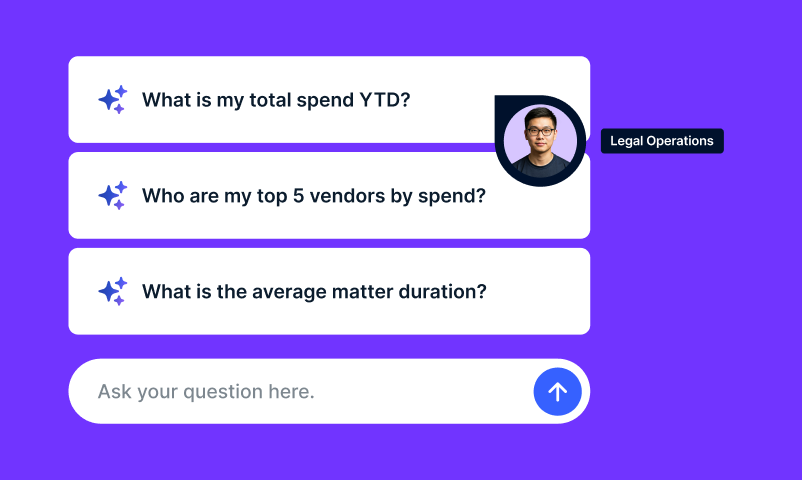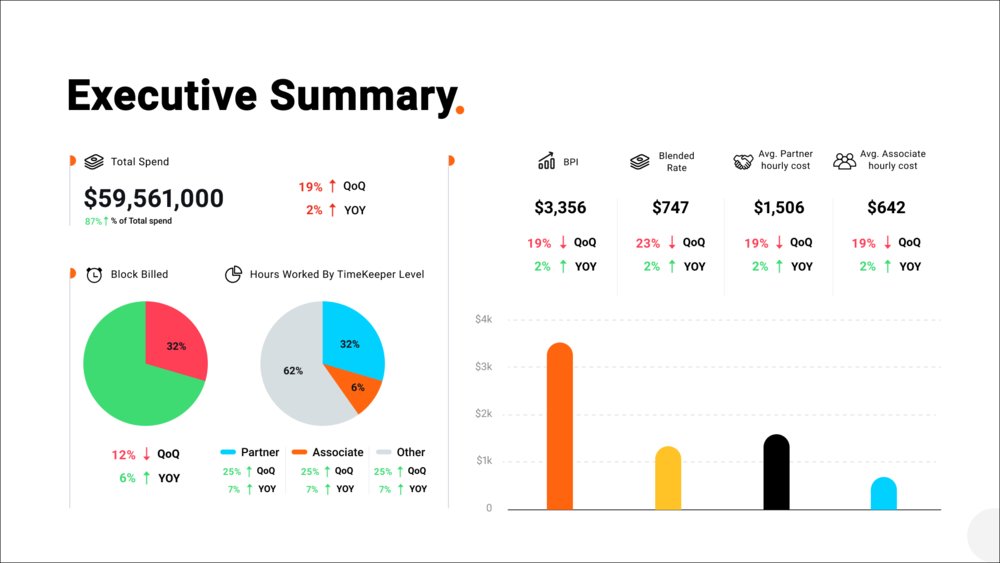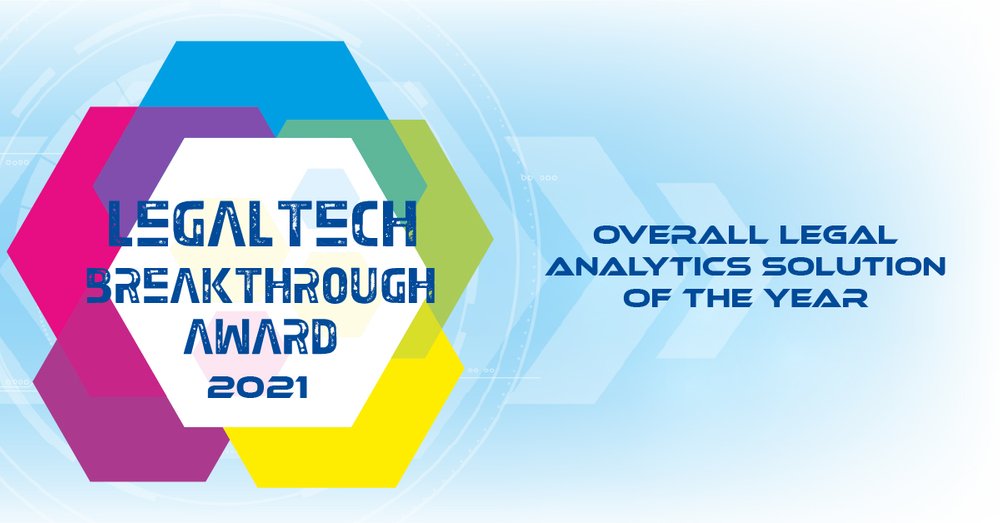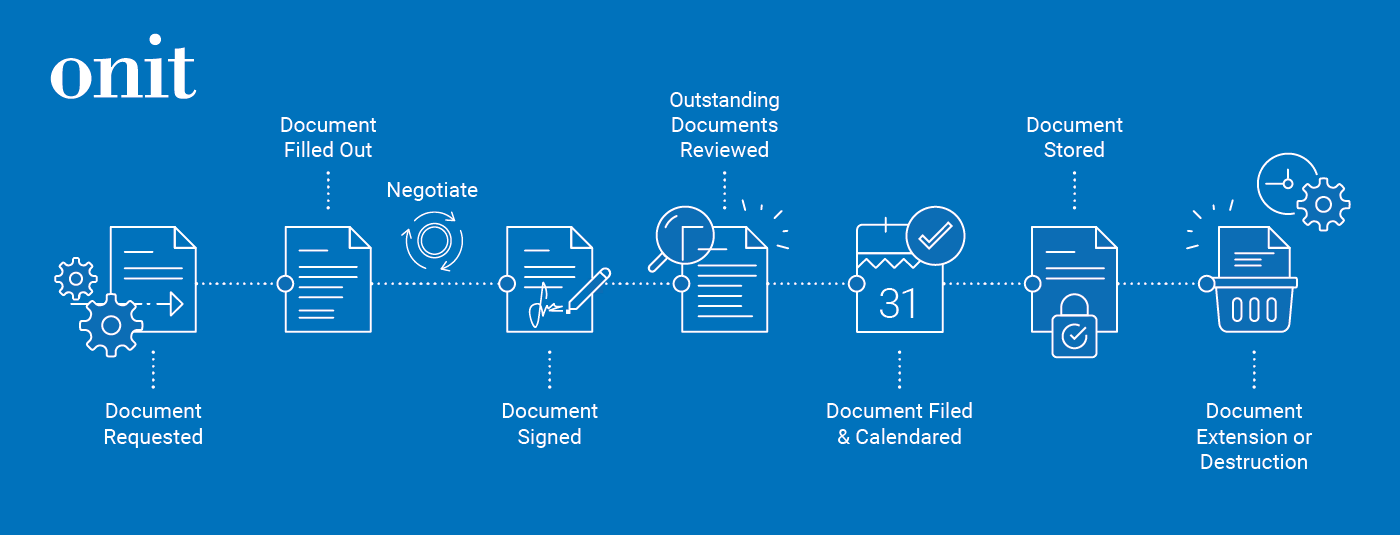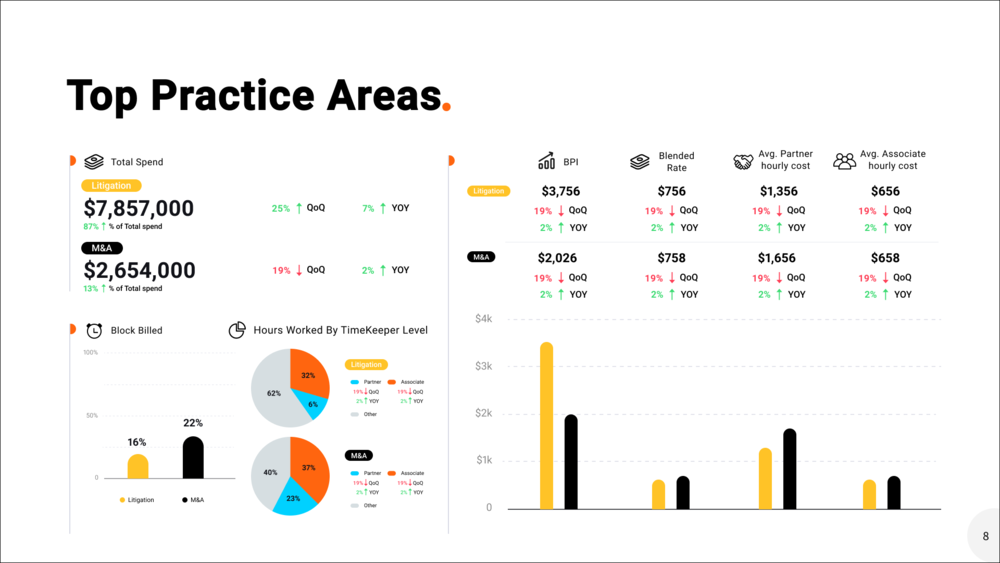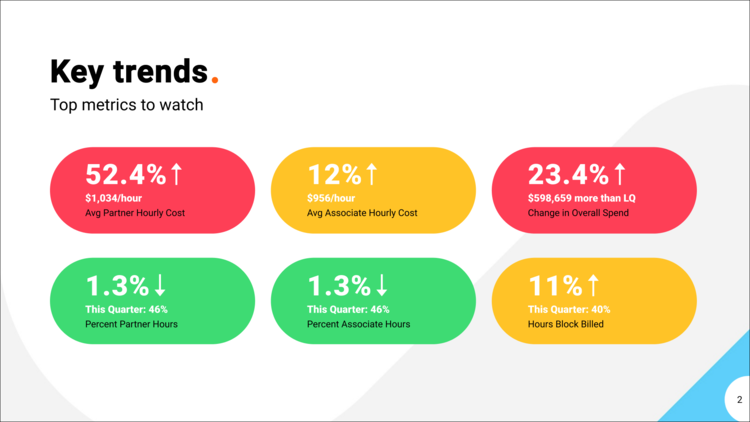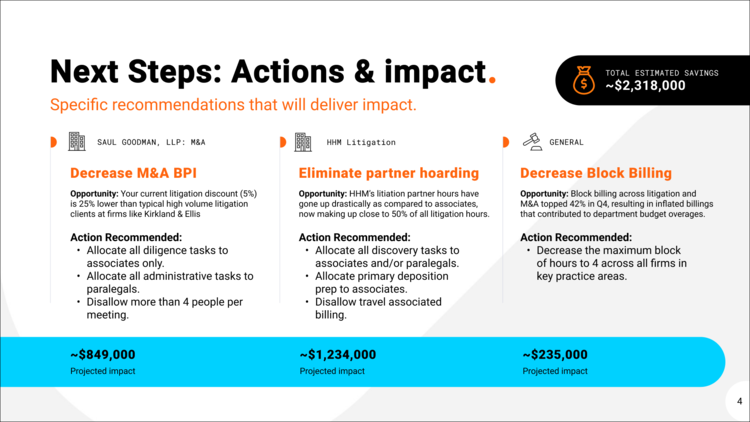
Creating a contract system that handles legal work is challenging, as the ebbs and flows of legal work can be highly unpredictable. Inevitably, you’ll face periods where you see sudden surges of contract activity, whether due to regulatory changes, significant deals or something else. Are you prepared to handle the waves of work when they arise?
Four experts gathered to discuss just this challenge recently during a World Commerce and Contracting event. They included Marcelo Peviani, Senior Director of Global Legal Services at VMware, Jean Yang, Vice President of the Onit AI Center of Excellence and Matt DenOuden, Senior Vice President of Global Sales at Onit. Together, they discussed how companies can best prepare for sudden workload surges by planning ahead and implementing a contract system and technologies.
Starting at Base Camp for Your Digital Transformation
When it comes to digital transformation and preparing for work surges, the panel likened the journey to climbing a mountain. You can think of your preparation stage as the base camp for your climb, while a full technology implementation is the summit.
They advised legal professionals to start by building a technology roadmap that considers the value you want the corporate legal department to deliver to the business and where you want to be in a year or two. Regardless of whether or not you have a specific current need or if you see yourself implementing a contract lifecycle management software in the future, it’s critical to start the conversation today.
Too many companies try to implement legal contract AI and other technologies as a reaction to events that happen. Unfortunately, though, this is rarely successful. Implementation takes time and digital transformation doesn’t happen overnight. You need time for experimentation and getting your champions on board before you can roll your contract system out across the enterprise. Even if you’re not looking to roll out right away, you want to start setting the posture for an easy transition to automation as soon as possible and start engaging your stakeholders now.
The base camp for your digital journey is where your climb is organized. Your team members should all meet and you should start building a culture of success. When you’re implementing digital transformation from scratch, you need to start by standardizing processes and technology across all your players. Determine your goals and the pain points you want to relieve, and then map out the roles that will be responsible for or involved in getting your company there.
Future-Proofing Surges with a Contract System
In terms of addressing future contract surges, you should consider the types of contracts that are integral to your business and the contract system infrastructure, processes and resources that support and drive that kind of contractual work. Legal departments are increasingly playing a pivotal role in company governance and setting standards for the transactions the company engages in. The planning stage for your digital transformation is your opportunity to translate those standards into playbooks and actual processes that will be implemented across the organization.
Once you know your goals, you can choose the contract system and technologies that will help you meet them. These solutions will play a key role in delivering contract and other legal services to the business, either via self-service or with document automation tools. It’s essential to build that into the company mindset at the outset.
Scale the Peak with Steady Progress
Much like climbing a mountain, digital transformation involves steady progress. You should constantly be evaluating whether what you’re doing is working, if you should continue with your current solutions or if you should recalibrate your contract system to achieve different results. Any technology rollout should involve a process of experimentation. Your first try won’t be perfect, but it’ll set you on the road to creating a better contract system.
That’s why the first implementation is always the hardest. Once you’ve created a culture that’s open to digital change, you can start finding more opportunities to drive value for the business. You’ll also be in a better position to know how to weather the storms on your way up the mountain.
For more valuable insights for handling contract surges and contract systems, as well as making digital transformation a success (including examples from VMware’s own transformation journey), you can listen to the entire webinar here.
If you’d like to learn about how Onit can help your company’s digital transformation, schedule a demonstration of our contract lifecycle management or enterprise legal management today.
